Photo memories of Tibet
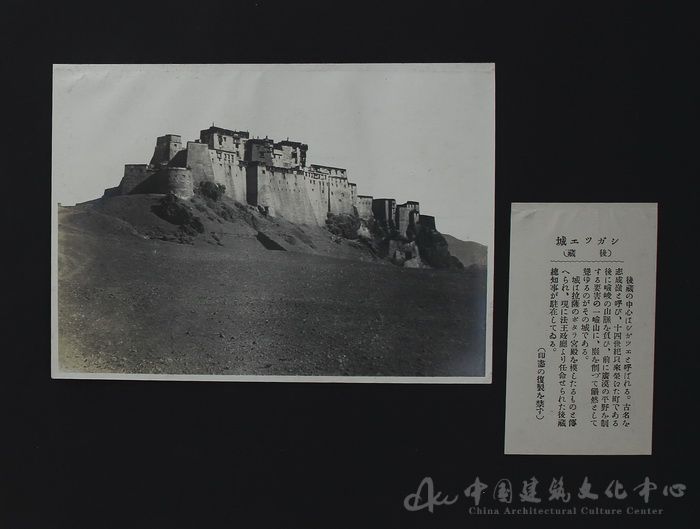
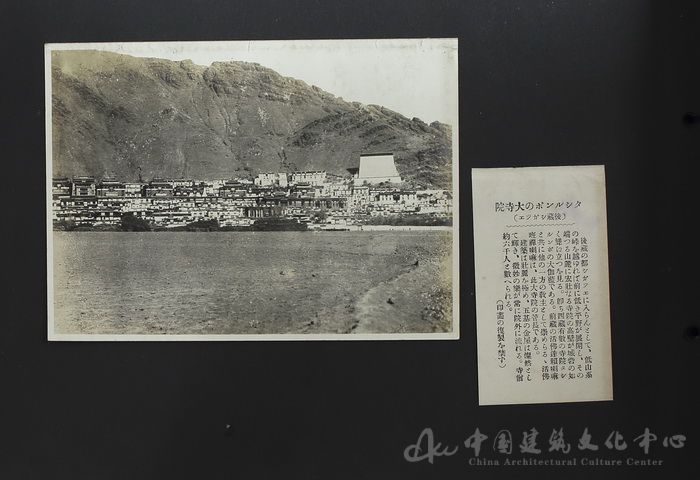
It seems that Tibet has always been enveloped in a mysterious veil. In the history of Chinese photography it is considered very rare to be able to see early images of Tibet.
The library at the China Architecture Culture Center has collected the first to third chapters of the fourth album of “Asia Grand Sights” (1927 Showa edition), which was edited by Japan Asia Grand Sights Photo Publishing. There are more than 20 photos (150mmx110mm) relating to Tibetan folk customs, people, religion and other areas in the “The Secret Region: Tibet 4th to 6th Chapters”.
The binding and size of these photos is uniform throughout the album; every photograph is accompanied by a label annotated in Japanese that contains the photo title, location, scene profile and others; photos and text labels are fixed to a 21x30cm piece of black photographic cardboard, and each one has a message saying “no copying” on it. The image is very clear.
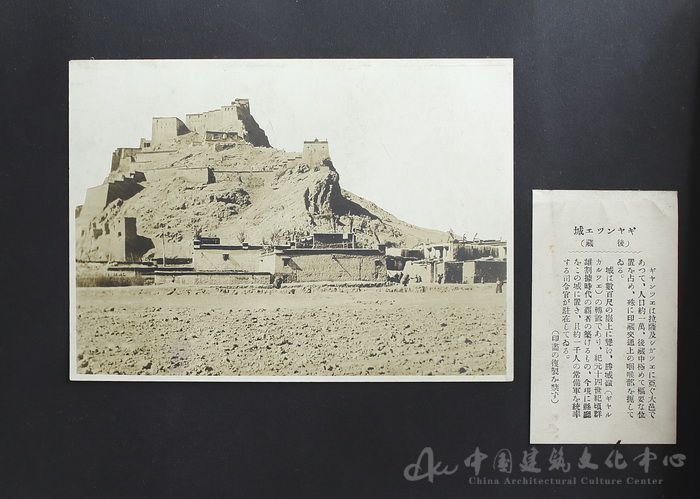
This set of old photographs of Tibet were taken by the famous Japanese Tibetan scholar, Qingmu Wenjiao (Aoki Bunkyo, 1886-1956). In 1909 Kyoto’s Xibenyuan (Nishi Honganji) Temple chose Aoki Bunkyo to go and study in Tibet, which became an important juncture in his career. In 1911 he came into contact with the 13th Dalai Lama Thubten Gyatso(1876—1933)and developed a strong interest in Tibet. After a year of secret preparation, on 8 Sep., 1912, he finally entered Lhasa from the Indian border and took photos on his journey. His lens took in everything from the Dharma, to monks, ladies, civilians as well as Lhasa’s monastery buildings.
Aoki Bunkyo’s work at this time is complete and the quality is also very clear, giving an outline of the cultural landscape in Tibet during the late Qing Dynasty. It is worth mentioning that during this year inland China was chaotic and weak due to the 1911 Revolution, where contact between the Qing government stationed in Tibet and the new government had broken off.
Changes came slightly later in Tibet than other provinces, which is evident in the photos as the Tibetan officials are still wearing Qing Dynasty official uniforms. These images negate the historical argument that China’s governance over Tibet was indirect and fully indicates that China’s administrative jurisdiction over Tibet was direct and effective.
Through his lens in the album we develop an understanding of the most vivid moments and most authentic microcosms in Tibetan society during the late Qing Dynasty. These photos are the most valuable historical memories as they are freeze-frames of folk customs and folk scenes.
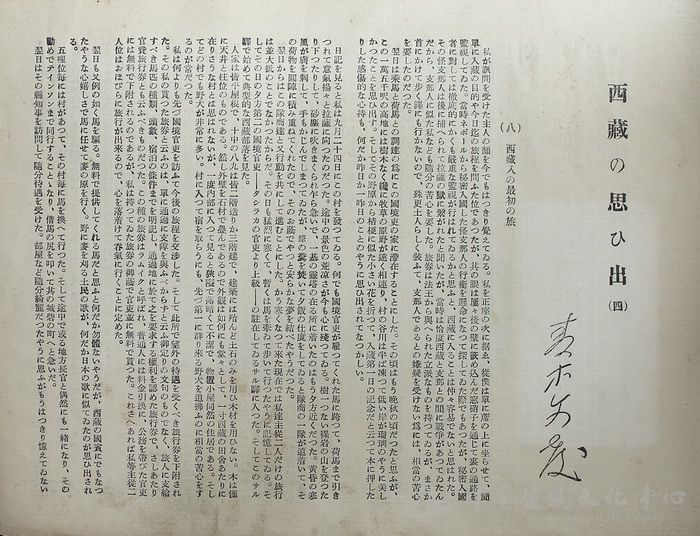
Although Asia Grand Sightsis a product of Japanese colonial policy towards China, you can see that Japan started entering Tibet from the end of the 19th century. Japan’s Buddhist community, under the pretext of establishing Buddhist links, took part in a series of activities including adventure to Tibet, seeking for Buddhist sutras and others. The album records the original appearance of the Tibetan people’s social lives in the early 20th century and integrates the images and text descriptions. This not only has significant reference value in the history of Tibetan study development in Japan, but also doesn’t lose its value when researching modern Tibetan history and culture today. Reportedly, Aoki Bunkyo is one of longest “lost” photographers in the history of Chinese photography.
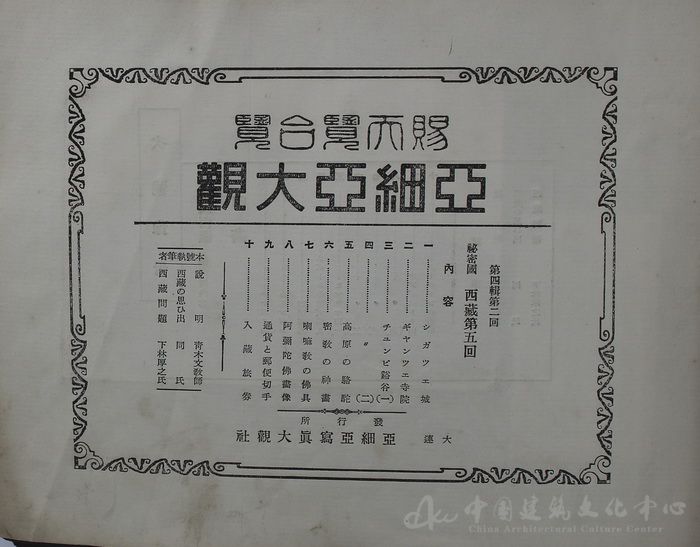
Taking these 20 photos allows photographers to look back at panoramas of Lhasa in Tibet, the Potala Palace, and before and after shots of Tibet’s monasteries, as well as features articles written by monks, Buddhist activities and so on.
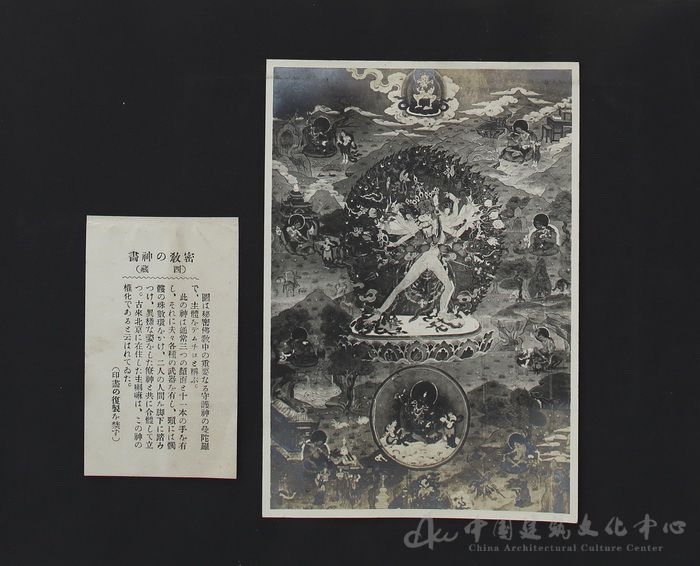
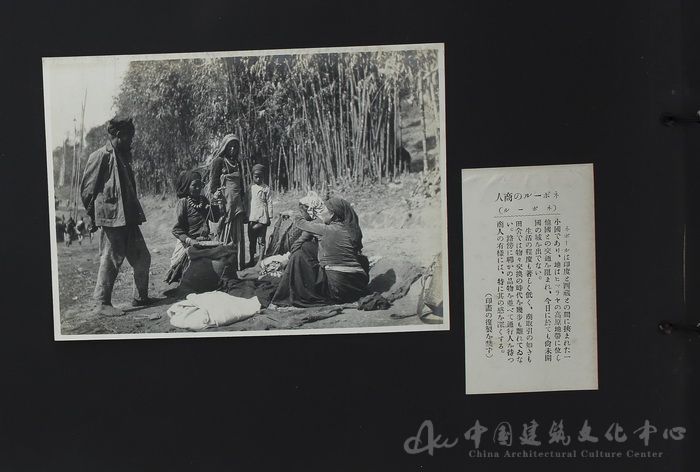
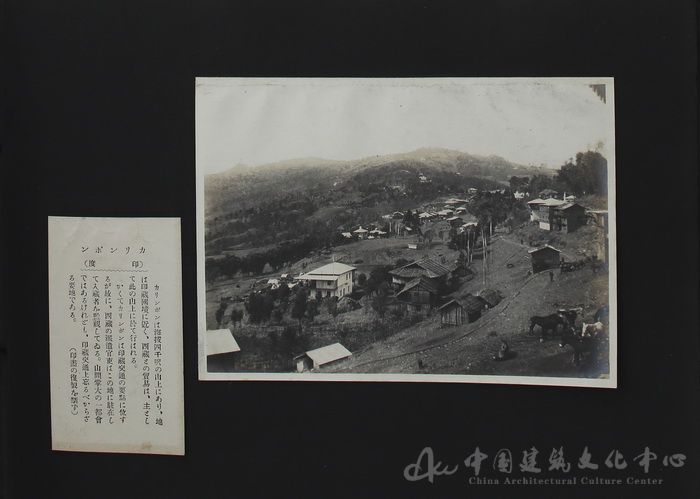

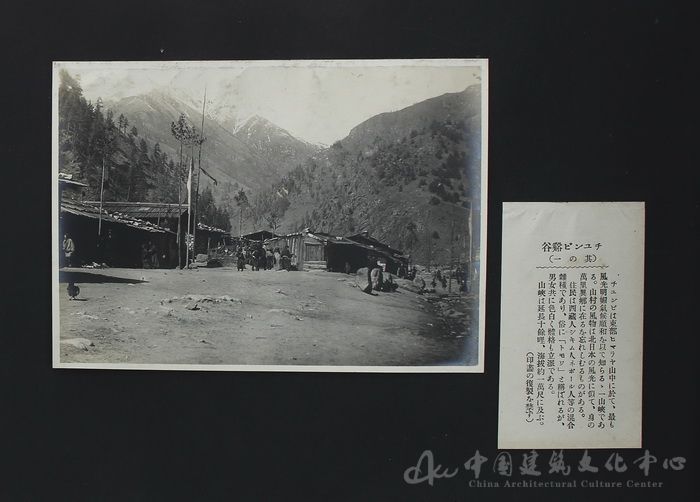
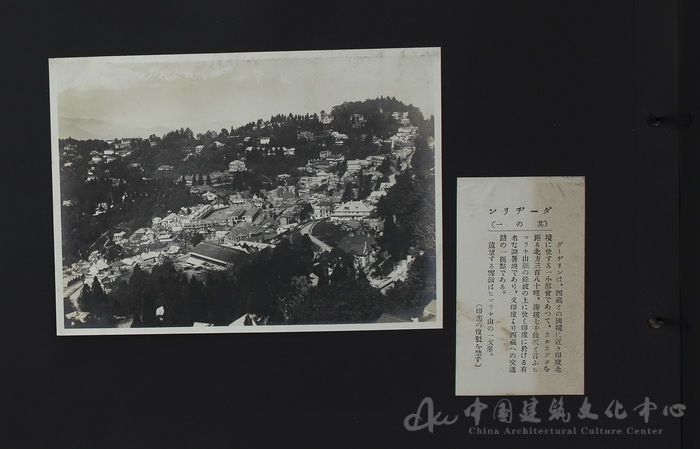


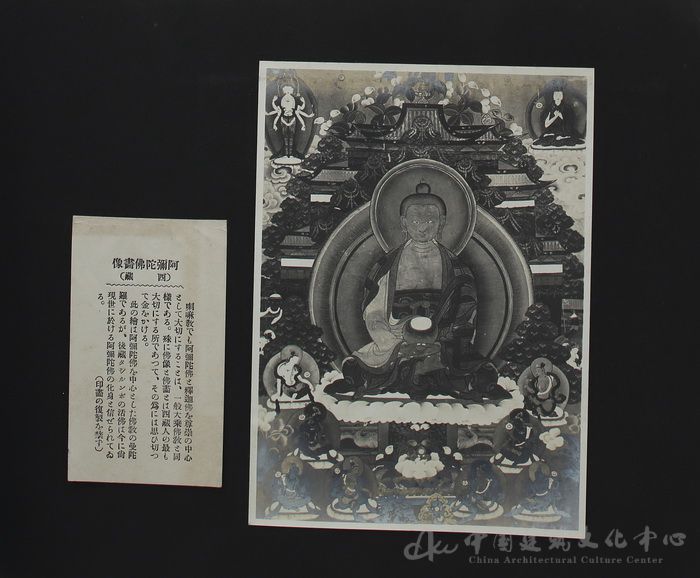
Your Comment
Name E-mailRelated News
-
;
-
-
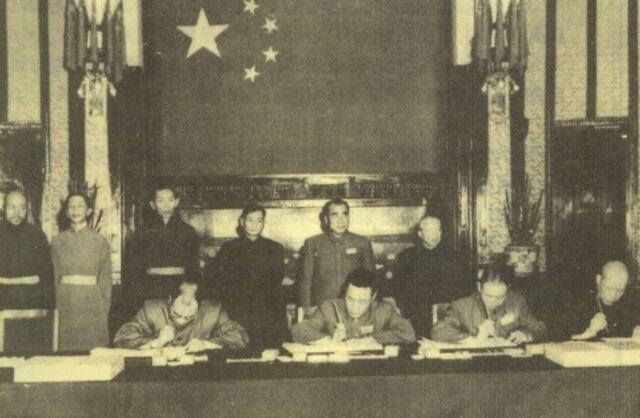
-
From slave to master: A history of Tibet in old photos
Now, the people of Tibet, along with the rest of China and all ethnic groups in China, are the owners of their own country.
-
-
-

-
Today in history: second British army’s occupation of Lhasa
On August 3, they invaded the Tibetan capital of Lhasa. In Lhasa, the British army plundered and looted several precious cultural relics and religious texts.
-
-
-
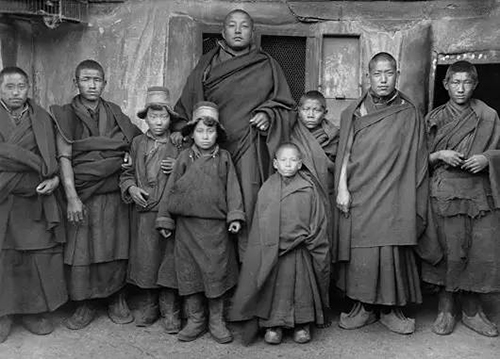
-
Lama loves photography: first person in history
Demo Tenzin Gyatso was born in 1901 in Apei Village in Kongpo Gyamda County, SW China's Tibet Autonomous Region.
-
Based in Lhasa, Tibet Vista is a Tibet travel agency that specialized in Tibet permit, and Tibet tours for both private and group travelers at a local price!
•4 Days Lhasa City Group Tour from USD 460 •8 Days Everest Base Camp Group Tour from USD 850 •15 Days Mt.Kailash Group Tour from USD 1780 •2016 Tibet Train Tours from Beijing, Shanghai, Chengdu, Xining,etc










